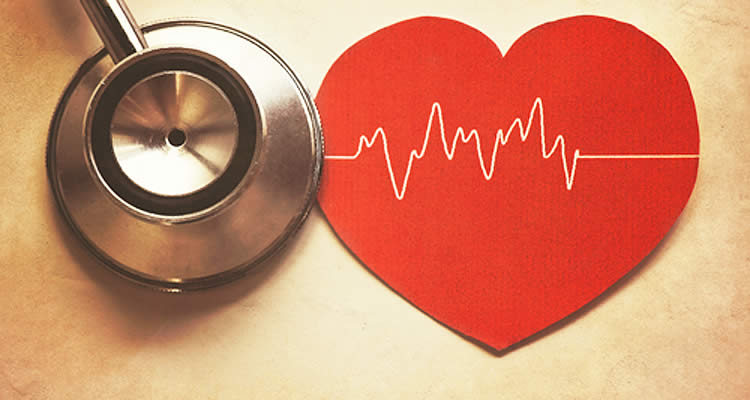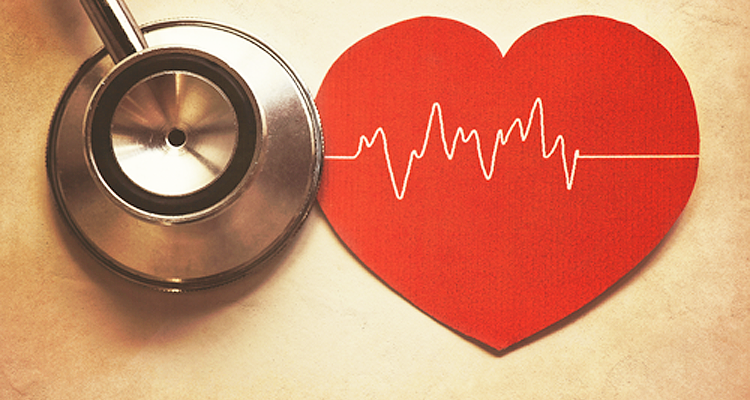
Why Heart Disease is on the Rise in South Africa (And What To Do About It)
In South Africa, 210 people die from heart disease every DAY. A lack of awareness around cardiovascular disease means many people go undiagnosed and untreated until it is too late. Paediatric cardiologist and President of the South African Heart Association Dr Liesl Zühlke explained the challenges around cardiovascular diseases to The Conversation Africa. Why is […]

In South Africa, 210 people die from heart disease every DAY. A lack of awareness around cardiovascular disease means many people go undiagnosed and untreated until it is too late. Paediatric cardiologist and President of the South African Heart Association Dr Liesl Zühlke explained the challenges around cardiovascular diseases to The Conversation Africa.

Why is cardiovascular disease such a problem in South Africa?
Cardiovascular disease is among the top three causes of death in sub-Saharan Africa. This is partly because of rapid urbanisation which has resulted in an upsurge of coronary heart and coronary artery disease (also known as ischaemic heart disease) and metabolic disorders.
The challenge is that the prevalence of the major risk factors has increased in the last 10 years.
The main ones include high blood pressure (hypertension), smoking, drinking excessively, poor eating habits, obesity and lack of physical activity.
Hypertension is the biggest single risk factor. One in three South African adults have hypertension and about 10% of the population over 15 years of age are pre-hypertensive. In the sub-Saharan African region, 30% of adults over the age of 18 suffer from hypertension. Globally this figure stood at 22% in 2014.
Hypertension is worsened by poor eating habits, obesity, lack of physical activity and excessive alcohol intake.
Research shows that physical inactivity increases the risk of heart disease and stroke by 50%.
Obesity is a major risk for cardiovascular disease and predisposes one to diabetes which is itself a risk factor. Someone with diabetes is twice as likely to develop cardiovascular disease compared to someone without diabetes.
Abnormal blood lipid levels – or high cholesterol – also increases the risk.
With smoking, the risk is especially high for women and for people who started smoking when they were young or those who smoke heavily.
What is cardiovascular disease?
Cardiovascular disease is a series of heart diseases such as heart attacks, strokes, ischemic strokes and hemorrhagic strokes that are a result of heart failure.
Many of these diseases are related to a condition called atherosclerosis which develops plaque build-ups in the walls of the arteries.
This narrows the arteries and makes it harder for blood to flow through. If a blood clot forms it can stop the blood flow, causing a heart attack or stroke.
Most people survive their first heart attack and return to their normal lives to enjoy many more years of productivity.
Ischemic strokes are the most common and happen when a blood vessel that feeds the brain gets blocked by a blood clot.
When the blood supply to the brain is shut off, brain cells die. This results in people not being able to carry out some of their previous functions like walking or talking.
When a blood vessel within the brain bursts, the person suffers from a hemorrhagic stroke. The most likely cause of this is uncontrolled hypertension.
Some effects of a stroke can be permanent if too many brain cells die as a result of the lack of blood and oxygen to the brain. These cells are never replaced.
But some brain cells don’t die and are only temporarily out of order. These injured cells can repair themselves. Over time, as they repair, some body functions can improve.
Other brain cells may take control of those areas that were injured. In this way strength, speech and memory may improve. Early recognition of stroke and heart attacks is thus critically important.
What can be done? And what are the challenges?
There are both modifiable and non-modifiable risk factors. Ethnicity and age are non-modifiable and cannot be changed.
But modifiable risk factors that can be treated or changed are tobacco and alcohol use, high blood pressure, high cholesterol and diabetes, exercise and diet.
Hypertension can be prevented and successfully treated if it is diagnosed and kept under control.
And by changing to a healthy diet, exercising and taking medication regularly, blood lipid profiles can be modified and cholesterol controlled.
Reducing smoking or the amount of chewing tobacco someone consumes also decreases the risks of cardiovascular disease.
But the biggest challenge is the lack of awareness around cardiovascular disease and the hidden scourge of hypertension, undiagnosed diabetes and poor cholesterol. These have to be diagnosed with tests.
While smoking, obesity and physical inactivity are more easily identified they are far more difficult to treat and ameliorate.
An additional challenge is that there is less funding available to combat these diseases.
Government interventions around sugar and smoking are extremely important. Targeted interventions to improve health, reduce smoking and increase activity are needed. These would create awareness of cardiovascular diseases and its risks.![]()
Liesl Zuhlke, Paediatric Cardiologist, Post-doctoral researcher, University of Cape Town
This article was originally published on The Conversation. Read the original article.
